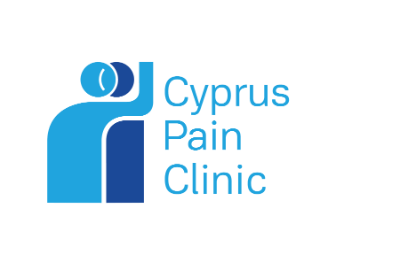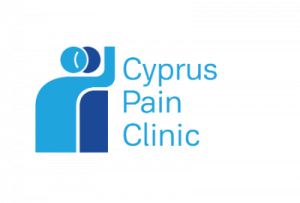Transcutaneous radiofrequency neurolysis
Transcutaneous radiofrequency (RF) neurolysis is a modern, minimally invasive method that is applicable to various chronic pain conditions. It can provide relief to people with pain in the lower back, neck, joints as well as in many cases of cancer pain.
Kirschner first presented this method in 1931 to treat pain associated with trigeminal neuralgia [1]. However, Shaley (1975) made the first presentation of this procedure several years later for the treatment of pain in the spinal facet joints [2].
Numerous studies have shown that RF neurolysis of sensory nerves considerably lessens or even completely eliminates pain. Patients who have previously undergone infusions (infiltrations), with favorable but transient effects, are typically suitable for transcutaneous neurolysis [3-5].
There are two types of radiofrequency therapies —continuous and pulsed— applied either under CT- or fluoroscopic guidance, after the administration of a local anesthetic. In both approaches, a special insertion needle is used to implant an electrode on the target area, which provides controlled heat production. To confirm the electrode’s final position, a tiny amount of contrast media is always injected, combined with sensory and motor testing.
Continues Radiofrequency
In a continuous radiofrequency therapy, the temperature rises to 80-90°C, which destroys the target and prevents the spinal cord and brain from receiving painful signals.
Pulse Radiofrequency
In pulse radiofrequency therapy, the temperature reaches up to 42°C, causing neuroconversion in the target nerve. The “damage” is not permanent but the transmission of painful stimuli is markedly reduced.
After ablation, the majority of patients report feeling less pain, although the level of relief varies depending on the cause and location of the pain. The typical duration of the effect is between 3 and 18 months, with an average of 6 to 9 months. The first radiofrequency neurolysis session may be followed by additional sessions if the discomfort is noticeably decreased. Patients are advised to follow a monitoring and rehabilitation program from the Chronic Pain Team to ensure that the symptoms will not recur with the same, or less intensity.
After the procedure, patients are typically no longer dependent on continuous pain medication.


